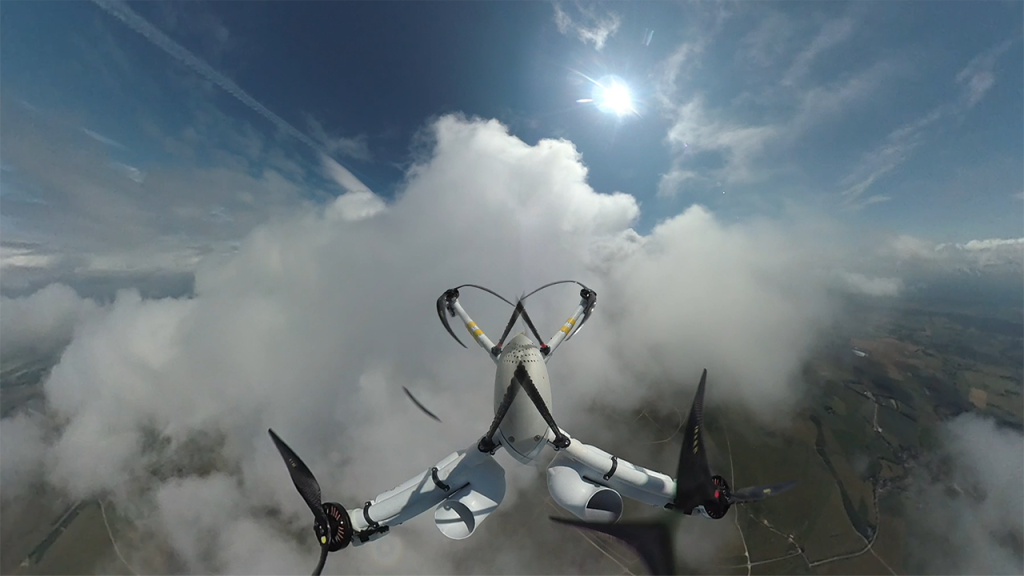
Uncrewed aerial systems and their role in low carbon cutting edge environmental science
The Natural Environment Research Council commissioned UK environmental science centres to review the role of Uncrewed Aerial Systems in support of low-carbon environmental science research. Uncrewed Aerial Systems (UAS) enable research that is currently beyond the reach of traditional aircraft and other methods – playing a crucial role in supporting cutting-edge science, while contributing to UK Research and Innovation’s commitment of Net Zero by 2040.
Recommendations on how best to invest in and support environmental science research using these technologies are published in the report: Net Zero Aerial Capability (NZArC) Scoping Report: A Review of the Role of Uncrewed Aerial Systems in the Decarbonisation Strategy of NERC Aerial Activities.
The report is co-authored by experts from eight Natural Environment Research Council (NERC) centres and collaborating institutes, including the National Centre for Atmospheric Science.
Recommendations have been developed collaboratively through several NERC-funded workshops and an analysis of case studies provided by the research community, demonstrating the existing and desired use for UAS in environmental science. The report assesses the current use of UAS in environmental research, identifies existing gaps, and outlines a strategic vision for the future.
Key recommendations include:
- overcoming regulatory hurdles
- building capacity
- fostering technology development
- ensuring data integrity
- enhancing data accessibility
Dr Barbara Brooks, Scientific Services and Facilities Director at the National Centre for Atmospheric Science, was involved in the NERC review of UAS. She explains how the report highlights the areas of research which can be enhanced and advanced by use of UAS, and sets out how crewed research aircraft – like the FAAM Airborne Laboratory – remain indispensable.
While UAS offer significant advancements and carbon savings in some areas, crewed research aircraft like the FAAM Airborne Laboratory are still essential for many research applications. They can carry larger and more complex instruments, and play a crucial role in developing and testing new scientific tools and techniques. We view UAS as complementary to traditional aircraft, tackling different challenges and enabling research in hard-to-reach or complex environments where crewed aircraft may not be the best fit. It’s an exciting time to be developing the future of airborne atmospheric science.
Dr Barbara Brooks, Scientific Services and Facilities Director at the National Centre for Atmospheric Science
NERC acknowledges the comprehensive set of recommendations outlined in the report, recognising the input and efforts of the authors and wider research community who contributed to this work. NERC looks forward to continuing to work with the report’s Steering Committee to ensure a coordinated approach to delivering impact from the report.
Dr Iain Williams, NERC Director of Strategic Partnerships, said: “I’m hugely grateful to all those who were involved in contributing to this report. It offers a valuable and comprehensive roadmap for advancing the use and capabilities of UAS to support new insights across the environmental sciences and doing so in a way to reduce the carbon emissions in field research. The report contains some important recommendations and fascinating case studies on the use of UAS in a wide range of environmental science applications.”
